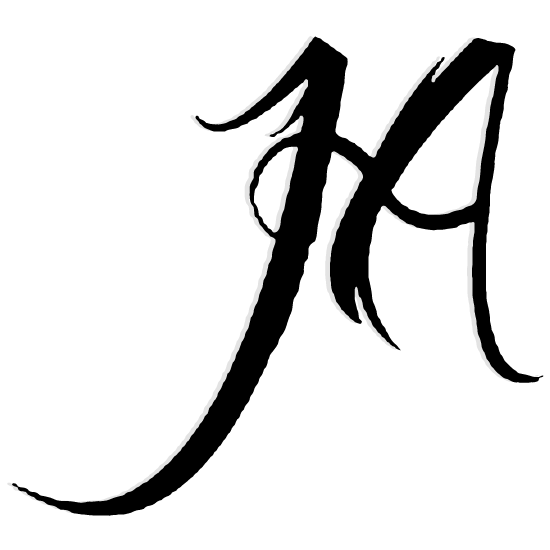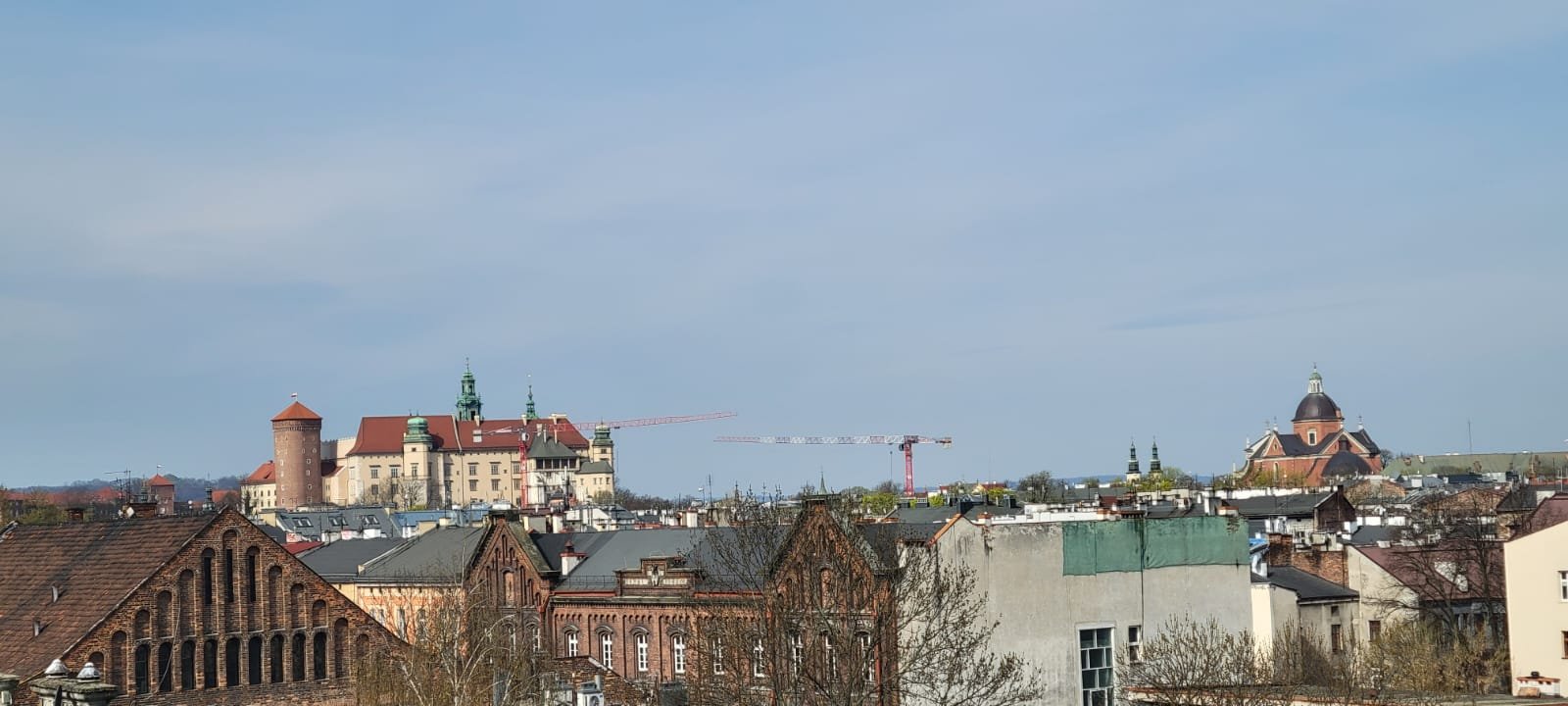After spending most of my time since September in Brno, with occasional research trips to other cities/countries, I have begun one of my longer research travel excursions. For the month of April, I have made the move to Krakow. While I am here, I am working on the Polish side of my dissertation project.
While the majority of my dissertation focuses on the Czech artist Alfons Mucha, in order to properly map out a multi-national network of late Habsburg artists, it is important to look to other centers of the former empire for artists to connect with Mucha.
The city of Krakow is an easy place to look for these connections. Many Polish artists spent time in Paris when Mucha was there, so it is clear that Mucha would have known many of them, especially Stanisław Wyspiański.
While I am here, Wyspiański will be the focus of much of my research. There are numerous buildings that he contributed designs to, such as the interior redesign of the Church of St. Francis of Assisi, his unrealized stained-glass cartoons for Wawel Cathedral (which were finally made into glass and installed in the Wyspiański Pavilion in the early 2000s), and the Meeting Room & Stairwell at the Medical Society House.
Palace of Art, Kraków Society of Friends of Fine Arts
I will also look into the work of Jan Matejko, Wyspiański, as well as the artist Maurycy Gottlieb, who, while not in my dissertation, is another focus of my larger research. Matejko, viewed as the father of Polish art, was recognized with a bust on the side of the Palace of Fine Arts of the Kraków Society of Friends of Fine Arts (Towarzystwo Przyjaciół Sztuk Pięknych w Krakowie). While Mucha most likely never met Matejko, he is still a key figure in the Empire’s art scene and Mucha would have been familiar with him.
My Fulbright-Hays project proposal called for two months in Poland. In addition to the research into Wyspiański and Matejko, there are a few sites that I hope to visit, either this month or when I return to Poland in the fall for my second month in residence. The first place I plan to visit is Zakopane, home to a national style of architecture from the early 1900s, created by Stanisław Witkiewicz and drawing heavily on the use of wood paneling in the design of folk motifs. Second, I plan to travel to Poznań to visit the Piotr Piotrowski Center For Research on East-Central European Art. Piotrowski is known, in part, for his development of the method of horizontal art history, which aims to find alternative ways of reading art history that are not bound by Western European notions of artistic development. I look forward to seeing how the Center can help me develop my understanding of his methods and how I can apply them to my own project.
In addition to continued work on my dissertation, I have also been working on other projects.
The chapter I discussed in my last post has finally been published! Feel free to check out the chapter if you are interested.
I am also working on two additional publications.
First, I have another chapter that builds off of the work in the above publication. In it, I look more closely at the Hungarian/Indian artist Amrita Sher-Gil’s allegorical depictions of rootlessness and her desire to root herself to a place to call home. This chapter will be published sometime next year in a volume edited by Elana Shapira and Anne-Katrin Rossbergm titled Women's Art of Crossing Borders: Central European Women in Modern and Contemporary Art and Design.
Second, I am working on a short piece introducing my conception of a Polish/Jewish bi-nationalism. Using Maurycy Gottlieb’s genre-defying self-portraits, I look at how his portraits and ever-changing self-identity challenge our understanding of nationalism. The Belvedere Research Journal has accepted this article and should be out sometime this year.




